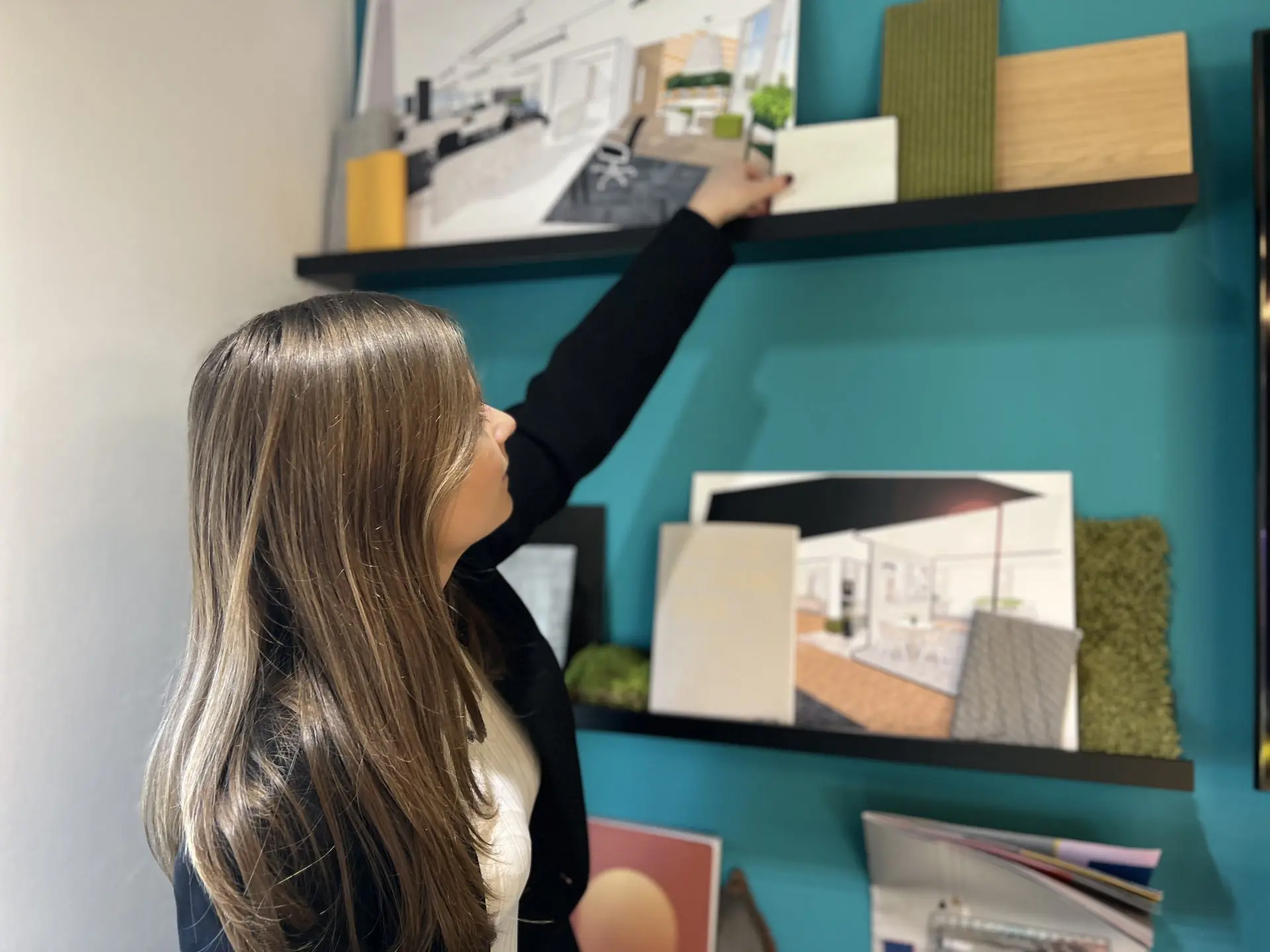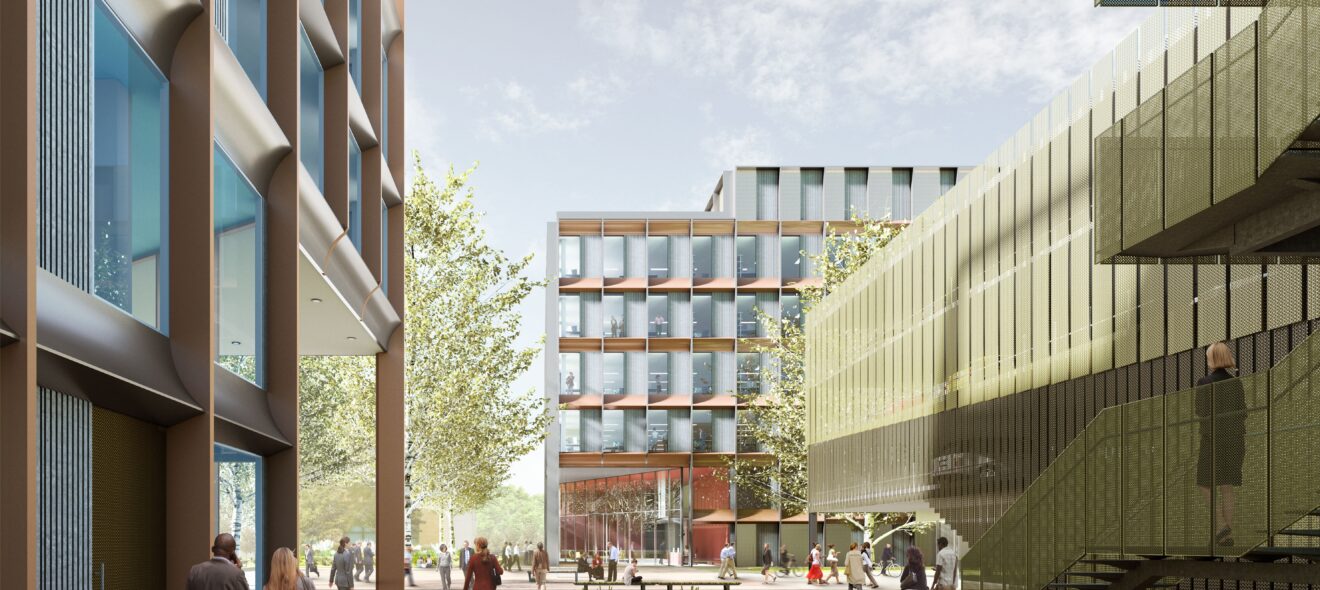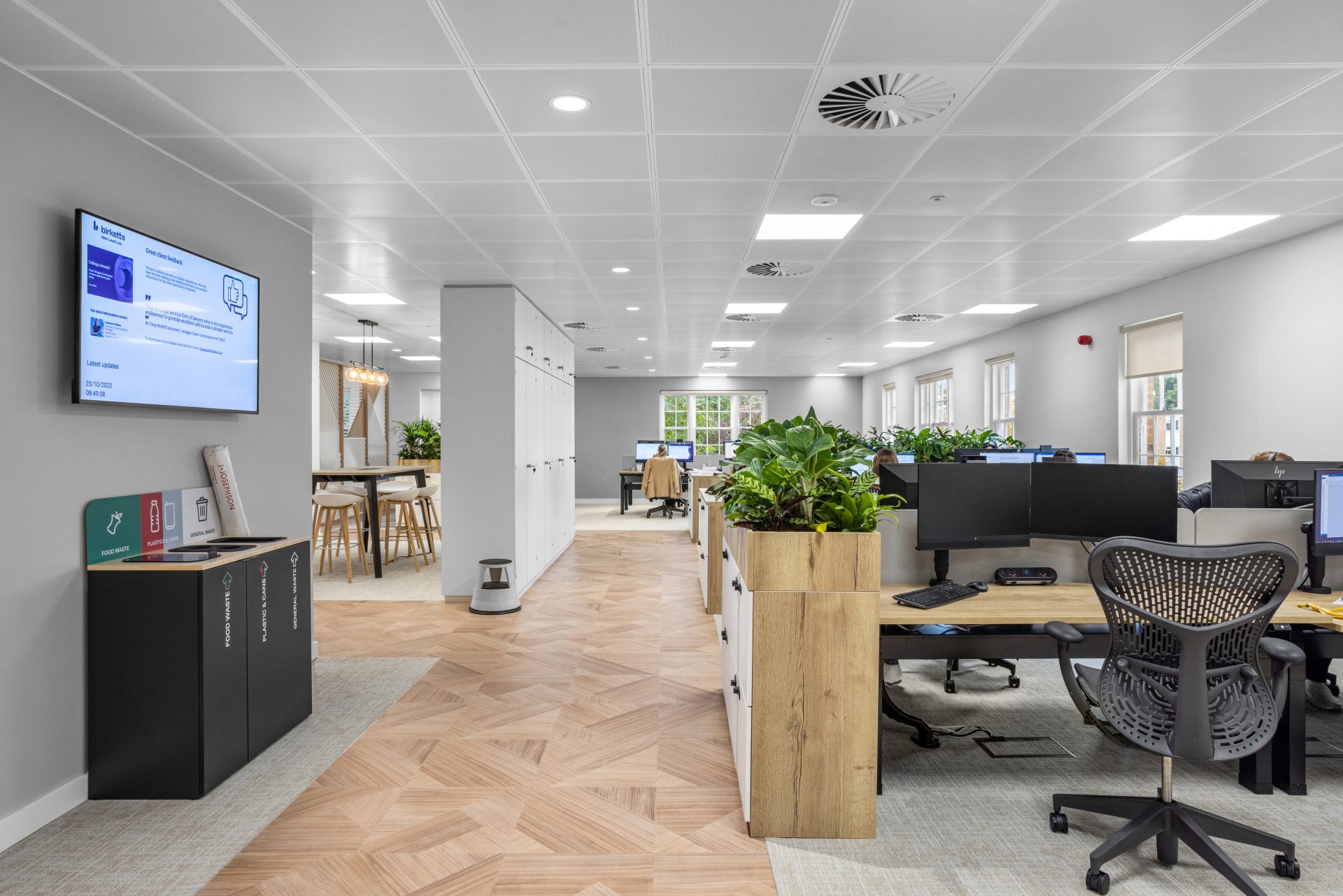Insights
Futureproof Your Workspace with an Office Refurbishment
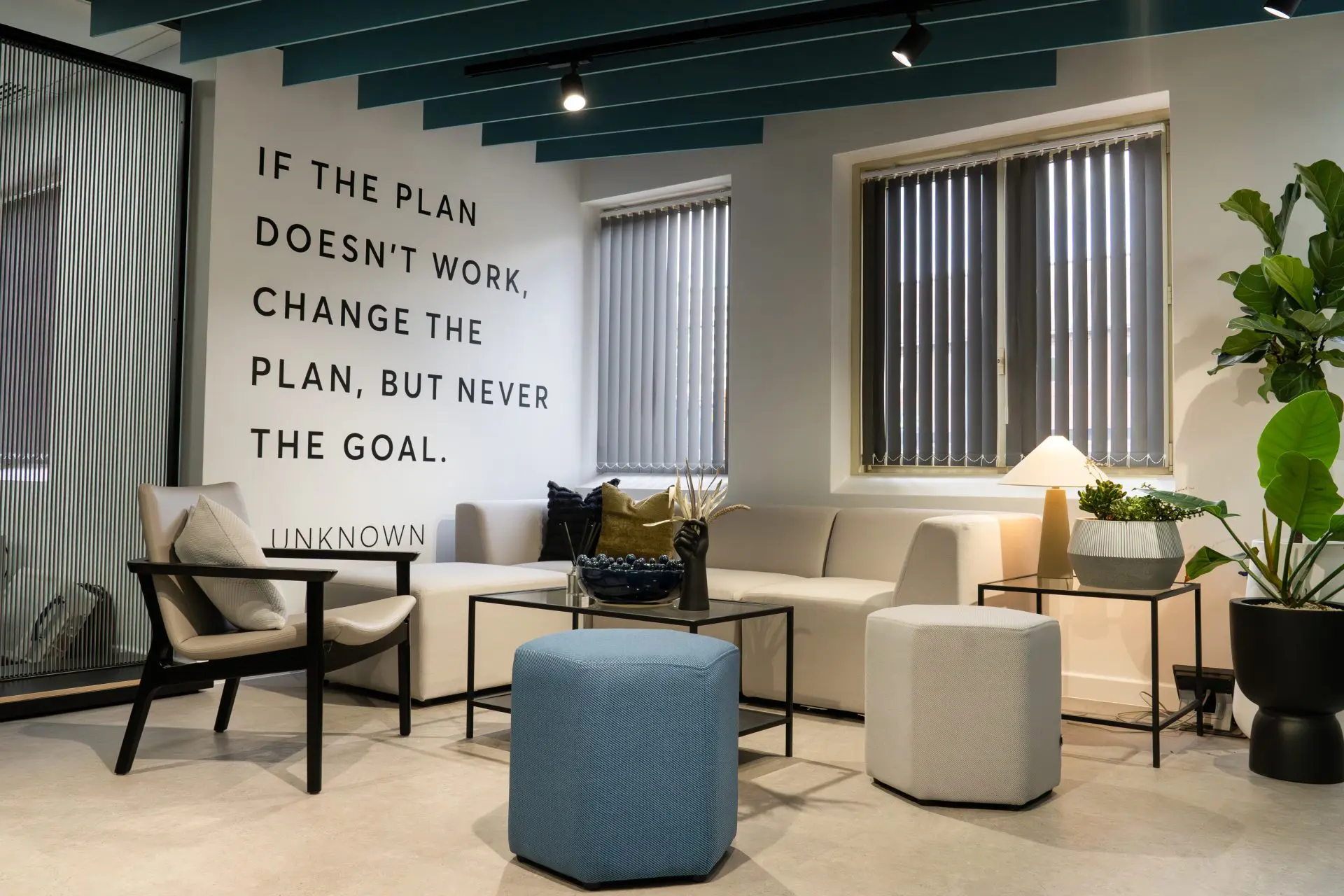
As businesses grow and the workplace continues to change, ensuring that your office space is futureproof becomes increasingly important. One way to tackle this is through office refurbishment. This blog will delve into the benefits of office refurbishment and ways you can make sure your workspace is prepared for the future.
Understanding Office Refurbishment
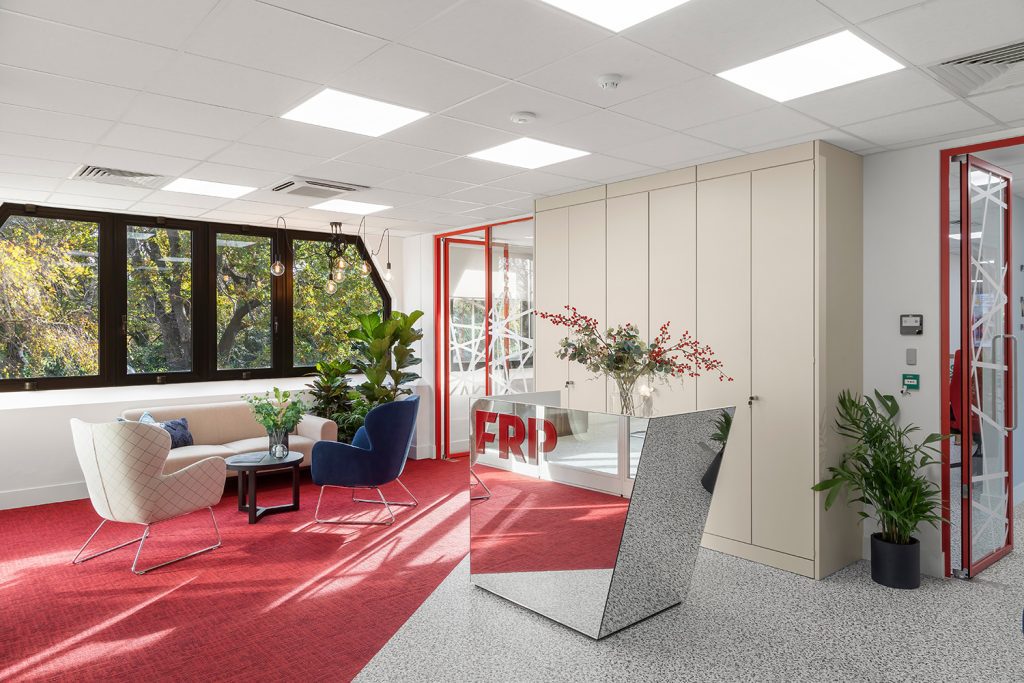
Office refurbishment involves updating and renovating an existing office space to improve its functionality, aesthetics, and overall efficiency. Unlike a complete office redesign, which starts from scratch, refurbishment focuses on enhancing the current setup to meet new demands and trends.
The Importance of Office Refurbishment

- Adapting to Modern Work Trends: As remote work, flexible schedules, and hybrid models become more prevalent, office spaces need to accommodate these shifts. An office refurbishment can create versatile areas that support various working styles and technologies.
- Boosting Employee Morale and Productivity: A well-designed, refreshed workspace can significantly impact employee satisfaction and productivity. Bright, open spaces with ergonomic furniture, ample natural light, and designated collaboration areas can make employees feel more comfortable and motivated.
- Sustainability and Efficiency: Refurbishing your office allows you to incorporate sustainable practices and energy-efficient systems. This not only reduces your carbon footprint but also can result in cost savings over time.
- Brand Image and Client Impressions: A modern, well-maintained office space reflects positively on your brand. It creates a strong impression on clients and visitors, showcasing your professionalism.
Key Steps for a Successful Office Refurbishment

1. Assessing Your Needs and Objectives
Before starting an office refurbishment, it’s crucial to assess your current space and identify your needs and objectives. Consider factors such as employee requirements, future growth plans, and the overall functionality of the space.
2. Engaging Stakeholders
Involving employees and stakeholders in the planning process ensures that the refurbishment meets everyone’s needs. Conduct surveys or hold meetings to gather input and address any concerns.
3. Setting a Realistic Budget and Timeline
Establishing a clear budget and timeline helps manage expectations and ensures that the refurbishment project stays on track. Allocate funds for unexpected expenses and set realistic milestones to monitor progress.
4. Partnering with Experienced Professionals
Working with experienced office fit out companies, can make the refurbishment process smoother and more efficient. Professionals bring expertise in design, project management, and execution, ensuring that your vision is realised.
5. Prioritising Flexibility and Scalability
Design your refurbished office with flexibility and scalability in mind. Modular furniture, movable partitions, and adaptable workspaces allow your office to evolve with changing needs and allows space for possible growth in the future.
6. Incorporating Technology and Innovation
Integrate the latest technologies to enhance efficiency and collaboration. Smart office systems, video conferencing tools, and wireless connectivity are essential components of a futureproof workspace.
Office Design Trends for 2024
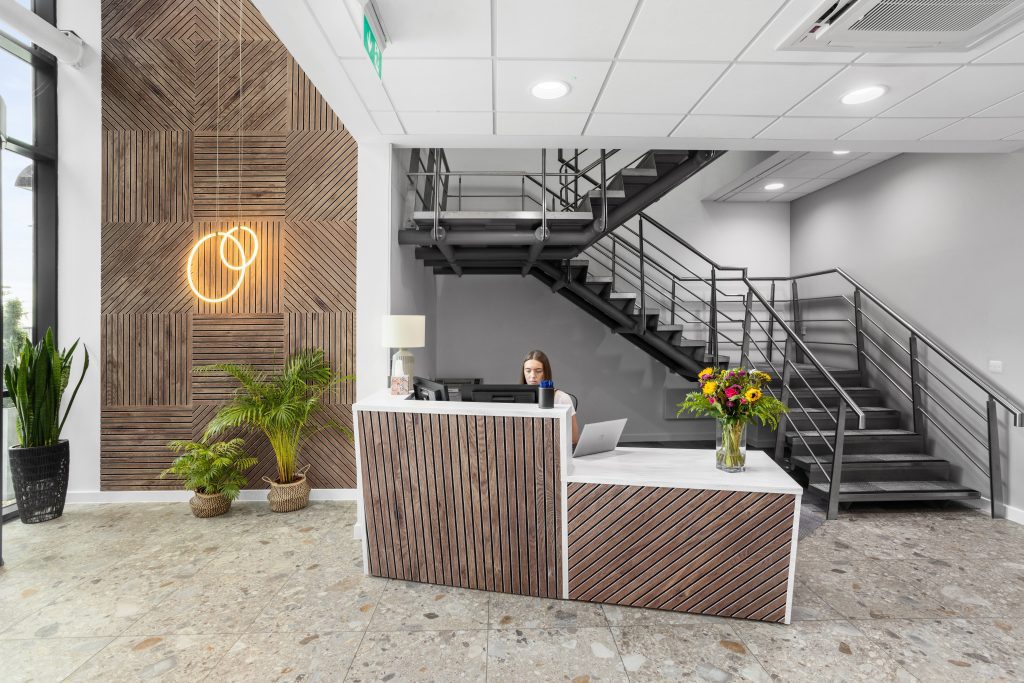
Biophilic Design
Biophilic design, which incorporates natural elements like plants, natural light, and outdoor views, continues to be a dominant trend. It promotes well-being and boosts productivity by creating a connection with nature.
Hybrid Workspaces
With the rise of hybrid work models, offices are being designed to support both in-person and remote work. This can be done by creating versatile spaces that can be easily reconfigured for different purposes, such as collaborative meetings or quiet solo work.
Sustainable Materials
Using sustainable and recycled materials in office refurbishment is becoming increasingly important. This not only supports environmental goals but also appeals to the growing number of employees and clients who prioritise sustainability.
Wellness-Focused Design
Designing spaces that promote physical and mental well-being is a key trend. Features such as ergonomic furniture, wellness rooms, and fitness areas are becoming standard in modern office designs.
Emphasis on Comfort and Accessibility
Comfort and accessibility are important for a modern workspace, especially when considering factors such as catering for neurodiversity. Fit out companies focus on ergonomic furniture designed to support posture and reduce physical strain. Accessible layouts ensure that spaces are easy to navigate for individuals with mobility issues, further enhancing the inclusivity of the workspace.
Continuous Improvement through Feedback
To ensure that workspaces remain effective and inclusive, ongoing feedback is essential. Regularly using surveys to gather feedback from employees about their workspace experience is an easy way to do this. This feedback helps identify areas for improvement and guides future design changes. Additionally, organising focus groups can provide deeper insight into their needs and preferences, enabling companies to create more inclusive work environments.
Make Your Office Refurbishment Futureproof
By creating a workspace that adapts to modern work trends, boosts employee morale, and reflects your brand’s commitment to quality and sustainability, you position your company for long-term success. Partnering with experienced professionals, like Spacio, ensures that your office refurbishment project is executed flawlessly, and truly caters to your team’s changing needs.
Got a project in mind?
Let’s create a plan to achieve your objectives.
Contact us today to learn more about our workplace design, space planning, office fit out services and how we can help you to unlock your office’s full potential.
Let’s create the space to do your best work.
